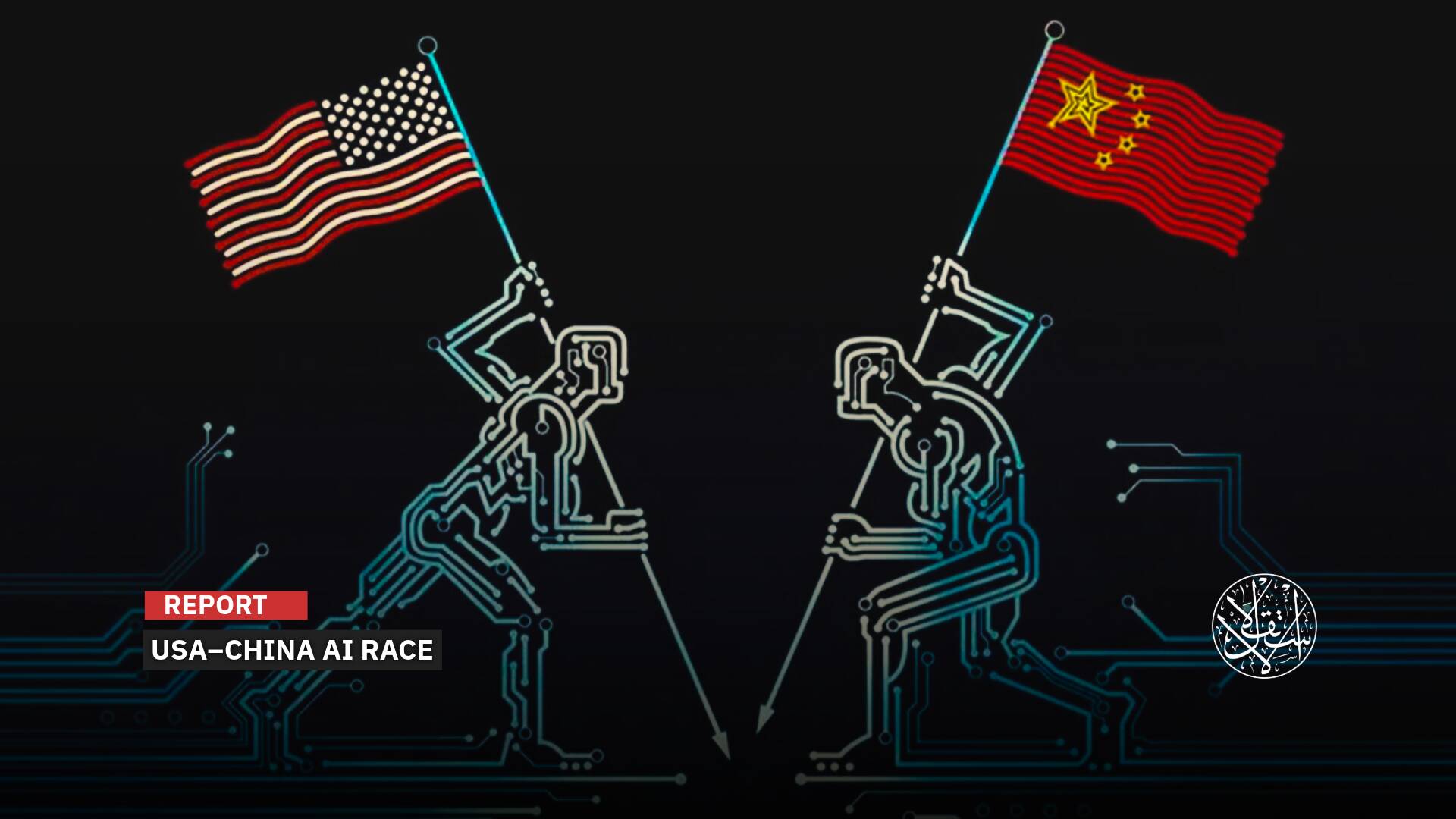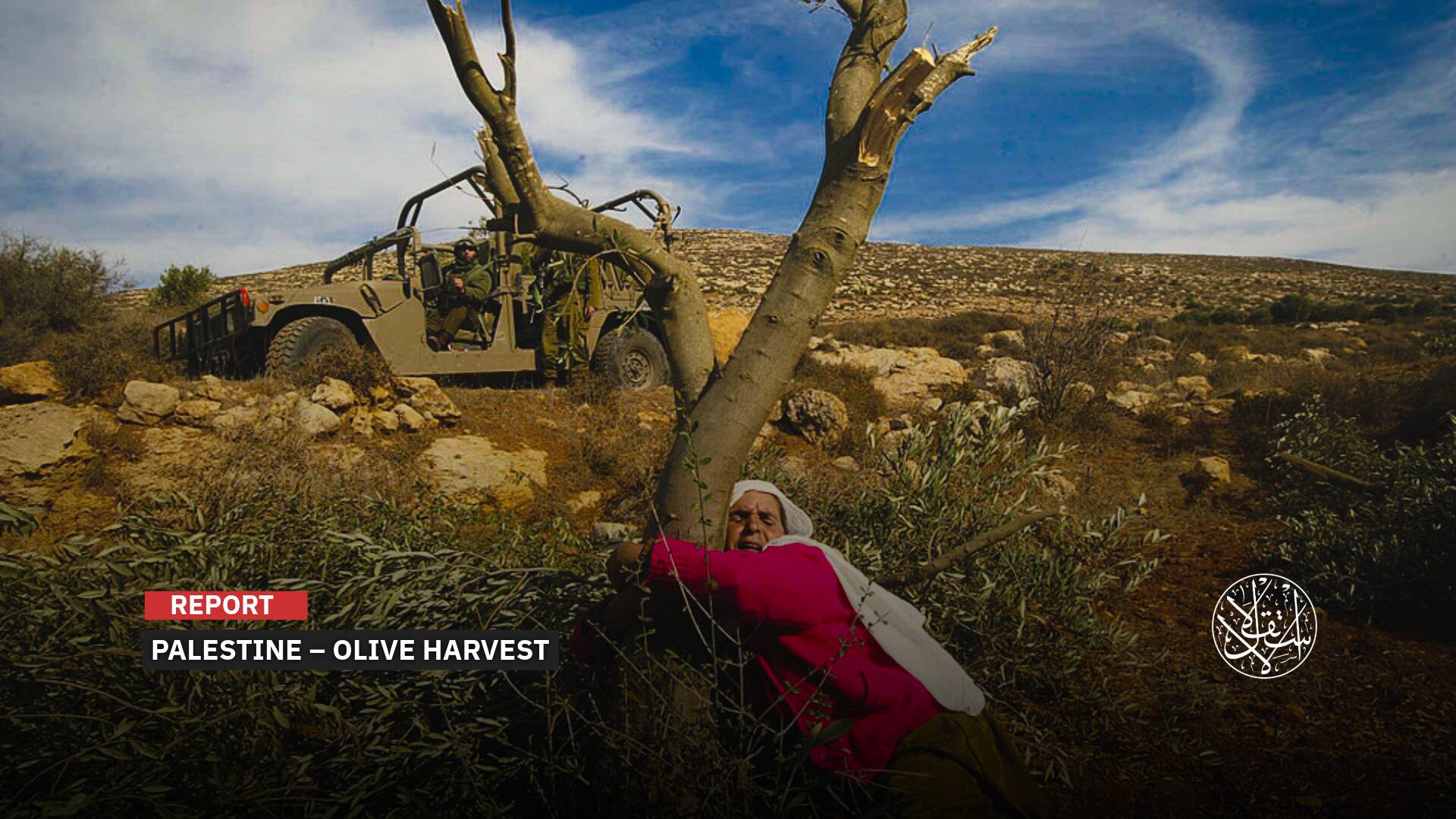Will A.I. Cause a New Drought Crisis for the Planet?

As the world grapples with the effects of climate change and population growth, drought has become a pressing issue that requires urgent attention.
While many factors that cause drought, such as weather patterns and inefficient water management, are well known, a new and surprising culprit has emerged: artificial intelligence (A.I.).
A.I., which promises to solve many of the problems related to water and its optimal use, is paradoxically also contributing to the depletion of freshwater resources.
Major technology companies, such as Google, Microsoft, and OpenAI (the creator of ChatGPT), admit that the growing demand for A.I. tools comes with a hefty price tag, not only in terms of expensive chips but also in terms of water consumption.
For instance, OpenAI, which is backed by Microsoft, relies on a massive amount of water from the Raccoon and Des Moines rivers in central Iowa in the U.S. to cool down its huge computer.
Drought Risk
The risk of drought is already affecting billions of people around the world. According to a report by UNESCO on behalf of the United Nations Water Committee, about a third of the world’s population suffers from severe water scarcity for at least one month every year.
By 2030, this situation is expected to deteriorate, with nearly half of the world’s population facing extreme water stress.
The report suggested that, to avoid this scenario, water use must be “decoupled” from economic growth by developing policies and technologies that can reduce or conserve water consumption without sacrificing performance.
The authors identified some sectors that use a lot of water, such as agriculture. However, they did not foresee in 2016 that they should have included another source of water consumption: artificial intelligence.
According to Forbes magazine, researchers and developers have mainly focused on reducing the carbon footprint of A.I. models so far.
However, they have often neglected the water footprint, which is a critical aspect that reveals the high water consumption associated with training and deploying A.I. models in data centers.
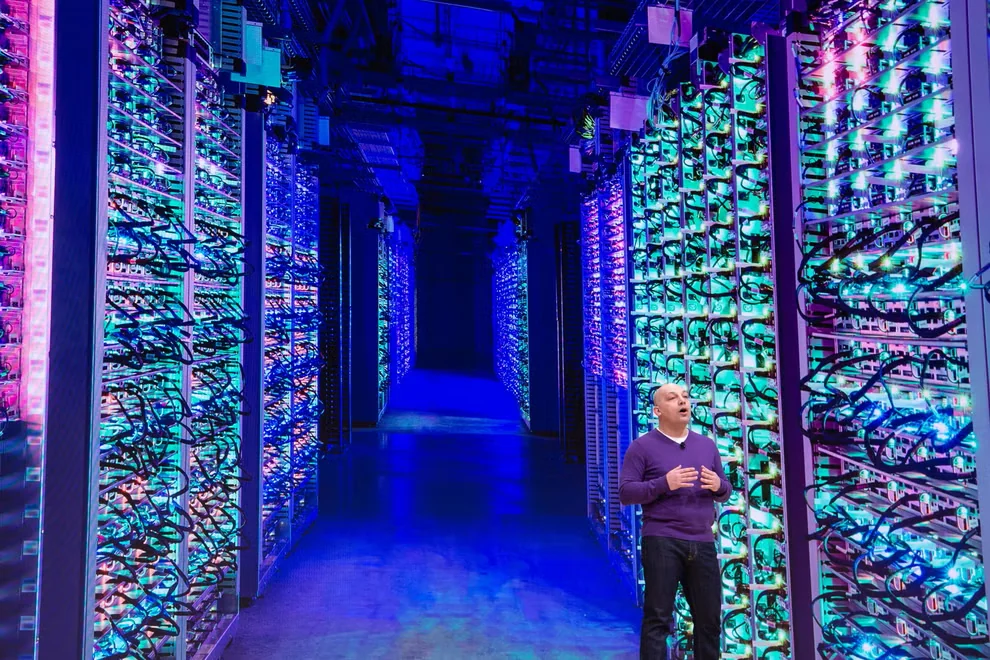
Water Deplete
Artificial intelligence (A.I.) is often touted as a solution to many of the world’s problems, from health care to education to climate change. But a new study reveals that A.I. also has a hidden cost: water.
The study, titled Making AI Less “Thirsty”: Uncovering and Addressing the Secret Water Footprint of AI Models, was published by researchers from the University of Colorado Riverside and the University of Texas at Arlington.
It estimated for the first time how much water is consumed by running A.I. queries that rely on cloud computing, which takes place in massive data centers that house thousands of servers.
The researchers found that data centers use water not only by drawing electricity from power plants that have large cooling towers that evaporate water into the air but also by using chillers on-site to keep the servers from overheating as electricity flows through semiconductors and generates heat.
The study also pointed out that there is often a trade-off between carbon efficiency and water efficiency.
That means that some data centers may use renewable energy sources that reduce greenhouse gas emissions but also require more water for cooling.
Consequently, large tech companies should take responsibility and set an example for reducing water use, as water scarcity and droughts become more frequent and severe due to climate change.
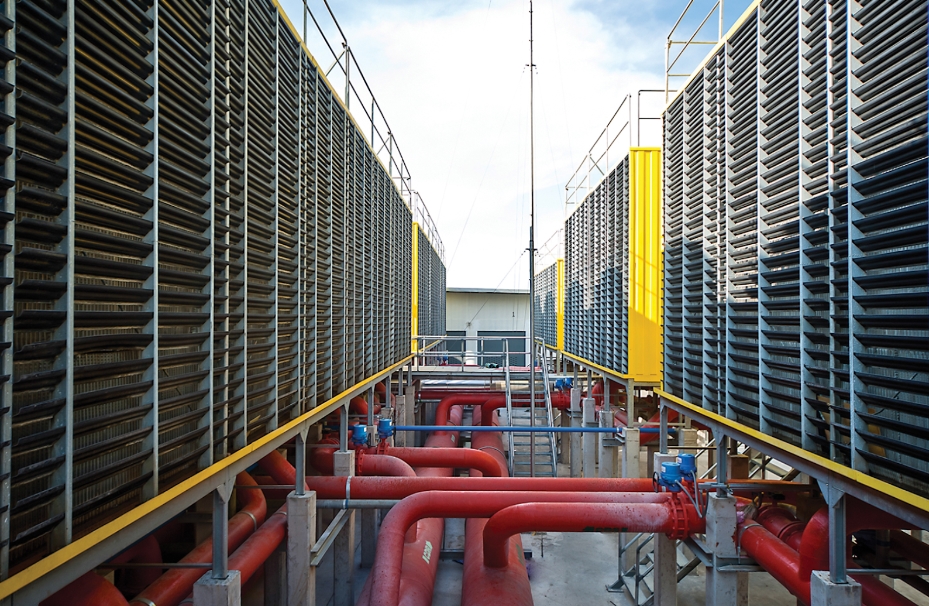
By using public data sources, the study was able to estimate the water footprint of some of the most advanced A.I. models, such as GPT-3, a natural language processing system developed by OpenAI, a research organization backed by Microsoft.
The researchers calculated that training GPT-3 in Microsoft’s modern American data centers could directly consume 700,000 liters of clean, fresh water, which could be used to produce 370 BMW cars or 320 Tesla electric cars.
Microsoft, which has been investing heavily in A.I. research and products, revealed in its latest environmental report that its global water consumption increased by 34% in the period from 2021 to 2022, reaching about 1.7 billion gallons, or more than 2,500 Olympic swimming pools.
This was a sharp increase compared to previous years, which external researchers attributed to its A.I. activities.
Shaolei Ren, a researcher at the University of California at Riverside who was trying to measure the growth rate, said: “It is fair to say that most of the growth is due to artificial intelligence,” including “the massive investment in generative artificial intelligence and the partnership with OpenAI.”
He also mentioned the environmental impact of generative A.I. products such as ChatGPT, a chatbot program that uses GPT-3 to converse with users.
According to the study, ChatGPT consumes the equivalent of a 500 ml water bottle to conduct a simple conversation consisting of 5 to 50 questions and answers.
This may not seem like much until you consider that the chatbot program has more than 100 million active users, each of whom engages in multiple conversations.
In response to questions from the Associated Press, Microsoft said in a statement this week that it is investing in research to measure the energy and carbon footprint of A.I., as well as working on ways to make large systems more efficient, both in training and application.
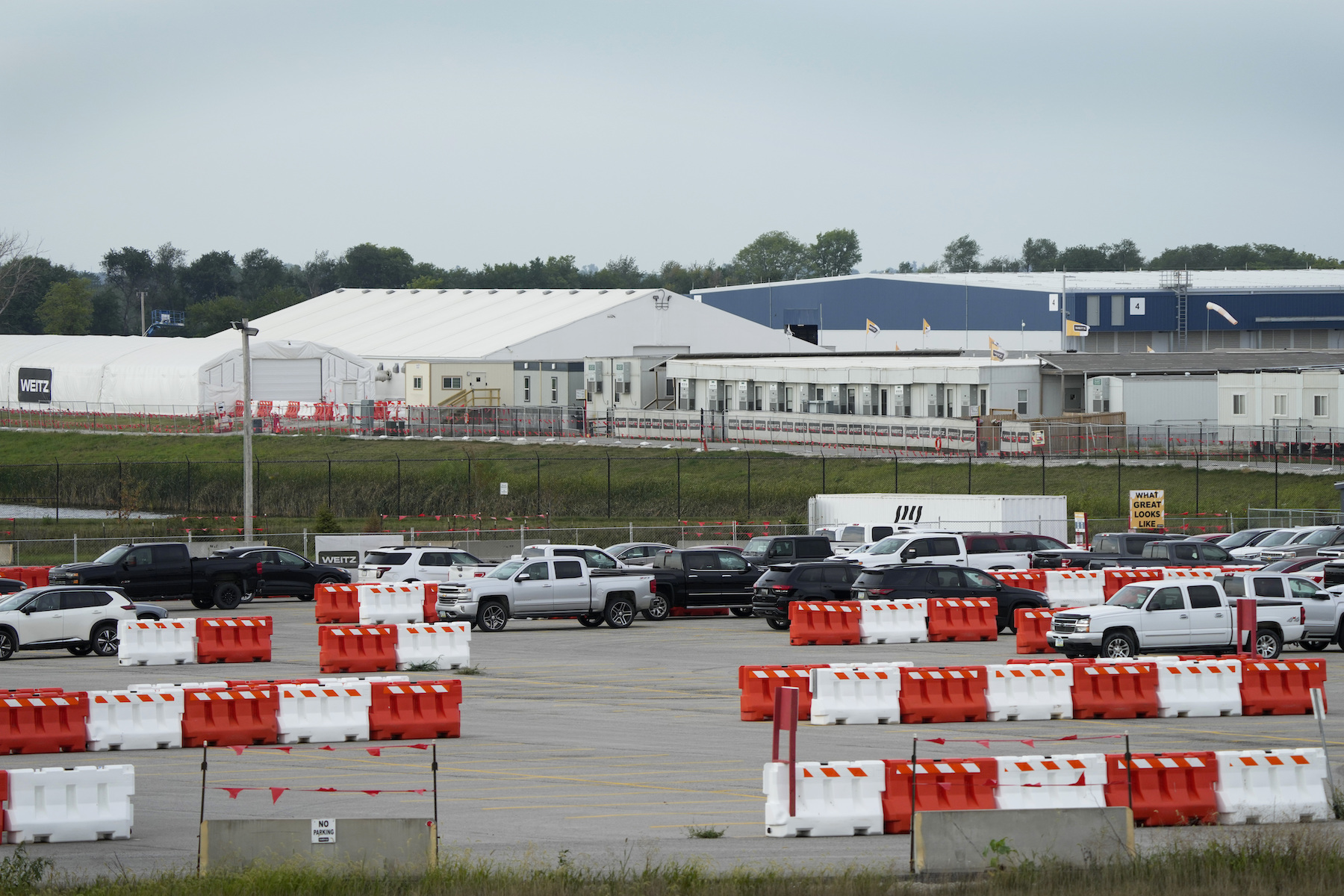
Water Wars
As the world faces the worsening effects of climate change, water scarcity has become a source of tension and violence in many regions.
The World Economic Forum has ranked water crises among the top five risks to global peace since 2012, reflecting the growing threat of armed conflicts over water resources.
Peter Gleick, president of the Pacific Institute, a research center that studies the links between water scarcity, conflict, and migration, said that the risk of water wars was increasing.
The Stockholm International Peace Research Institute (SIPRI), which monitors the global arms race in relation to climate change, reported that conflicts between countries over water resources increased by 100% in the first decade of the 21st century.
Charles Iceland, director of the water program at the World Resources Institute, confirmed this trend. He said: “Recent research shows an increase in violence related to water over time.”
Some of these water wars have already erupted. In the Sahel region, herders and farmers have clashed repeatedly over scarce water supplies for their animals and crops.
In Central Asia, nearly two billion people depend on rivers that originate in the Tibetan Plateau and Hindu Kush, including the former Soviet republics, Iran, India, Afghanistan, and Pakistan.
These countries face a potential explosion of conflicts over the dwindling water resources and the lack of agreement on how to share them, according to a recent report by Foreign Policy magazine.
In 2021, Tajikistan and Kyrgyzstan engaged in armed clashes along their border. The Kyrgyz side claimed that the conflict was sparked by the Tajik border guards’ tight control over a water distribution point on the Golovnoi River. The clashes resumed in 2022, killing 31 Kyrgyz and 10 Tajiks, as well as injuring dozens.
In April 2022, another border confrontation broke out between the Taliban regime in Afghanistan and the Iranian army over the Helmand River.
Sources
- As the world grapples with the effects of climate change and population growth, drought has become a pressing issue that requires urgent attention.
- Thirsty Data Centers Are Making Hot Summers Even Scarier
- AI programs consume large volumes of scarce water
- Making AI Less “Thirsty”: Uncovering and Addressing the Secret Water Footprint of AI Models [PDF]



